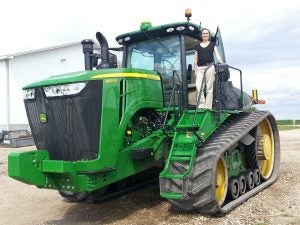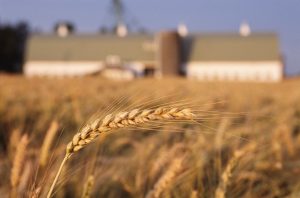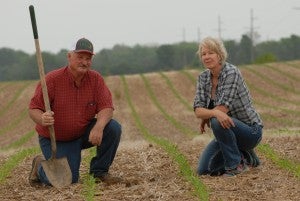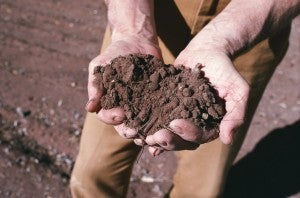This blog was originally posted on Soil Health Partnership’s blog.
Profitable conservation systems don’t look the same on every farm. Growers must implement different strategies to address their specific needs, thanks to a wide range of variables including soil type, moisture availability, equipment and labor. However, just because every farmer takes a slightly different approach to soil health doesn’t mean there aren’t some consistent success factors.
In our recent report, Conservation’s Impact on the Farm Bottom Line (developed in partnership with Environmental Defense Fund and the agricultural accounting firm K·Coe Isom), we discovered that farmers who felt their soil health practices were making a difference — both in the data and anecdotally — took some similar approaches. These three “ingredients for success” increased their chances for achieving profitable conservation systems. Read More











 Whether in agriculture or any other business, if you don’t have enough money coming in to pay the bills, it’s hard to find the time or resources for anything other than working to turn a red budget spreadsheet black.
Whether in agriculture or any other business, if you don’t have enough money coming in to pay the bills, it’s hard to find the time or resources for anything other than working to turn a red budget spreadsheet black. Today represents a huge advancement for sustainable agriculture, and a new era of food company collaboration. At the Farm Progress Show in Boone, Iowa, we are officially launching
Today represents a huge advancement for sustainable agriculture, and a new era of food company collaboration. At the Farm Progress Show in Boone, Iowa, we are officially launching 

